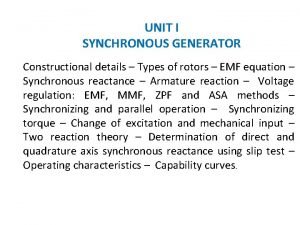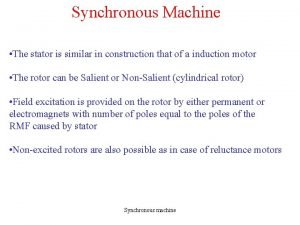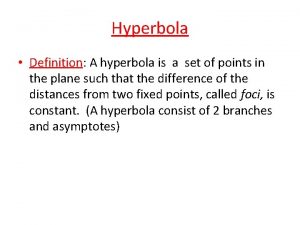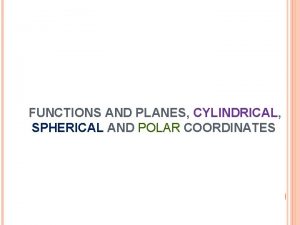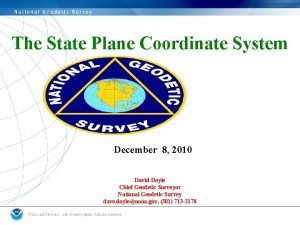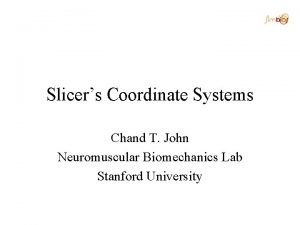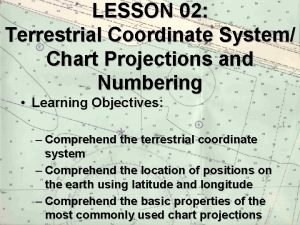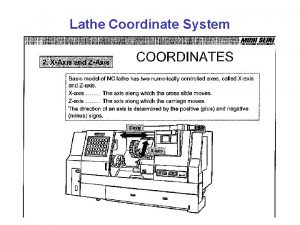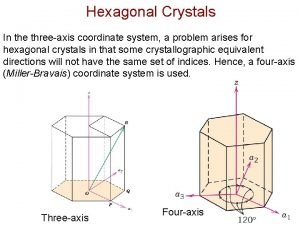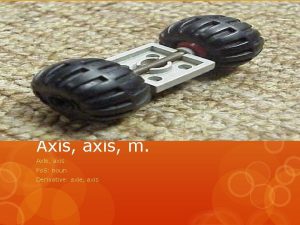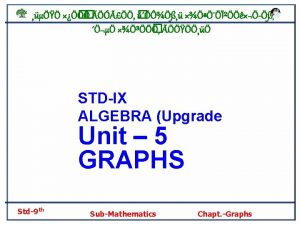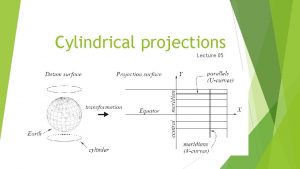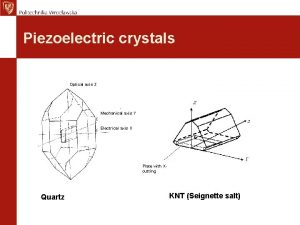Cylindrical Coordinate System Cylindrical Coordinate System R Axis
















- Slides: 16

Cylindrical Coordinate System

Cylindrical Coordinate System R- Axis

Cylindrical Coordinate System Z - Axis

Cylindrical Coordinate System theta - Axis

Cylindrical Coordinate System

Cylindrical Coordinate

Advantages of Cylindrical 1. Reduced effect of gravity loading 2. Free movement with moderate collisions 3. Two linear axes make the mechanical design less complex than Cartesian 4. Good accuracy

Disadvantages of Cylindrical 1. Some restrictions on compatibility with other manipulators in a common work space 2. Less accuracy and resolution compared with Cartesian

Polar (Spherical) Coordinate System

Polar (Spherical) Coordinate System - Axis

Polar (Spherical) Coordinate System gamma - Axis

Polar (Spherical) Coordinate System R - Axis

Polar (Spherical) Coordinate System

Polar/Spherical Coordinate

Advantages of Spherical/Polar 1. Minimal structural complexities 2. Short joint travel for many motions - good reach 3. Compatible with other robot and machines in common work space 4. Good resolution because errors in position are perpendicular

Questions and Problems 1. Discuss advantages and disadvantages of Cartesian, Cylindrical and Spherical Robot Arms 2. Compare the above three designs from the point of view of building such a robot arm in our lab using inexpensive components. 3. Invent an arm that is different from all three above. The same number of degree of freedom but other arrangement and other motion types in each DOF. 4. Discuss the envelopes (work volumes) of each robot from the point of view of using it in robot theatre. 5. Assuming that you remember about basic high school mechanics like lever, gears and pulleys, perform power/torque/linkage calculations for the Cylindrical and Spherical robot arms. If you forgot, read the material from the forthcoming lectures.
 Pitch factor formula
Pitch factor formula Synchronous motor construction
Synchronous motor construction Axis 1 and axis 2 disorders
Axis 1 and axis 2 disorders Hyperbola on y axis
Hyperbola on y axis Transverse axis vs conjugate axis
Transverse axis vs conjugate axis Axis 1 and axis 2 disorders
Axis 1 and axis 2 disorders Cylindrical spherical coordinates
Cylindrical spherical coordinates Recap coordinate system
Recap coordinate system Pre coordinate indexing system
Pre coordinate indexing system Co coordinate bond
Co coordinate bond 林祥偉
林祥偉 Pa state plane zones
Pa state plane zones Ras coordinate system
Ras coordinate system State plane coordinate system
State plane coordinate system Terrestrial coordinate system
Terrestrial coordinate system Cnc lathe coordinate system
Cnc lathe coordinate system Indices
Indices
